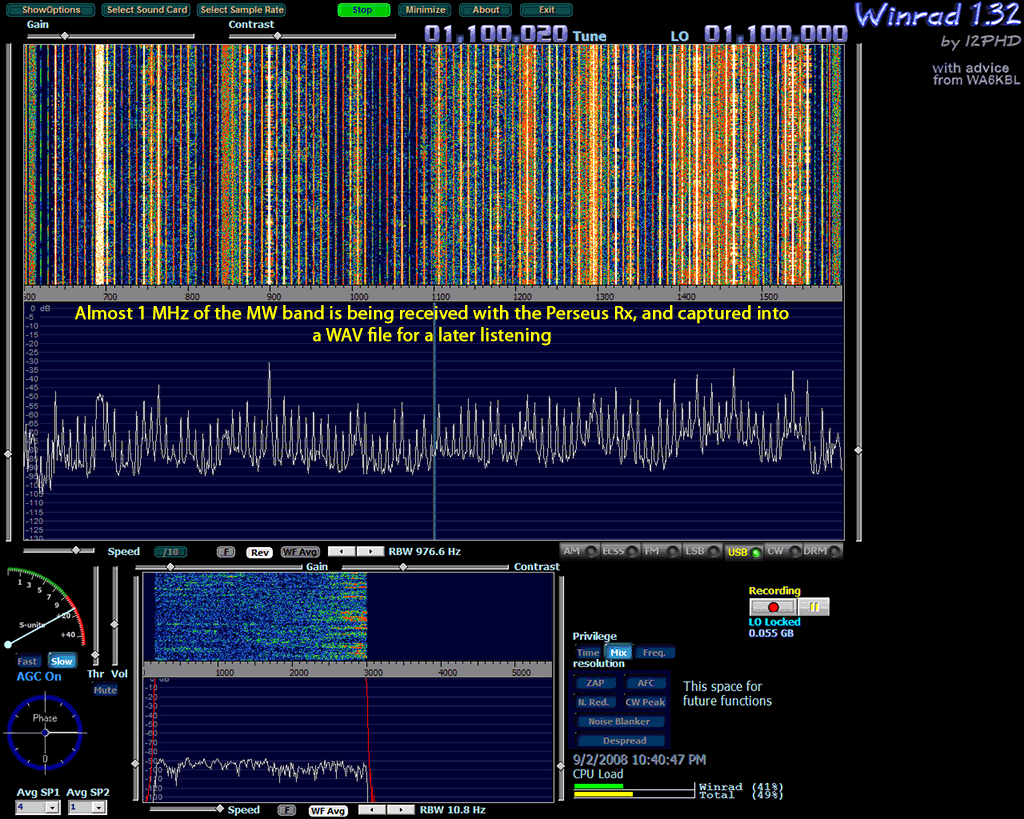SETI@Home Version 8 Ideas
Message boards :
Number crunching :
SETI@Home Version 8 Ideas
Message board moderation
| Author | Message |
|---|---|
 Dannie Jackson Dannie Jackson Send message Joined: 17 Dec 16 Posts: 11 Credit: 1,064 RAC: 0 
|
In looking over the way that this application works I see some familiar operations that my Software Defined Radio software utilizes. And since that software can either be connected to a radio receiver or download a stream of radio spectrum from the internet with numerous radio stations to select from its spectrum, my view of what I am seeing with SETI@Home Version 8 is that it can be made to run faster as well as have a spectrum display for the home user to look at in real time. Well perhaps in samples that can be run in real time after the processing is complete on each sample, and so a recording of all the samples I believe can be run. Keep in mind that for SETI use the spectrum view will be narrowed down to something expressed in Hz instead of the 1MHz view seen in the image below. Today's SDR radio software is very efficient and can run quiet well with other applications running in the back ground. As well as can make for a more pleasing and thus more interesting as well as informative spectrum display of radio spectrum with power measured in dB terms as displayed in the spectrum display window. And with the click of a button the data can be viewed in other ways such as the standard SETI@Home Version 8 view. There are quite a bit of sources for obtain source code for SDR software, Winrad source code can be found at http://www.sdradio.eu/weaksignals/winrad/download_source.html for more information on Winrad go here: http://www.weaksignals.com/  |

©2024 University of California
SETI@home and Astropulse are funded by grants from the National Science Foundation, NASA, and donations from SETI@home volunteers. AstroPulse is funded in part by the NSF through grant AST-0307956.